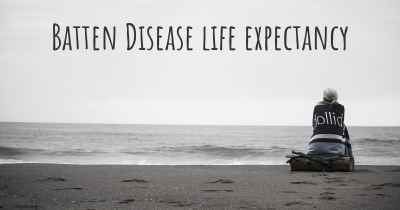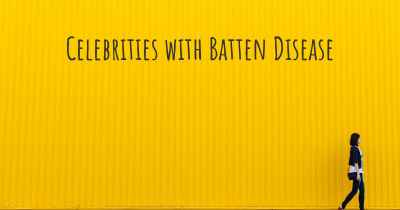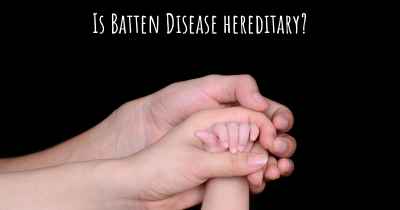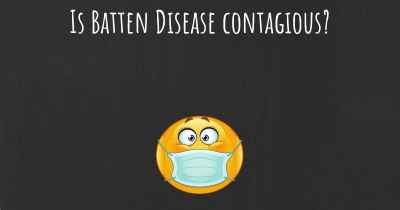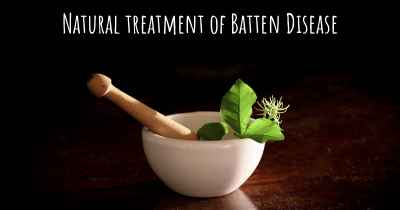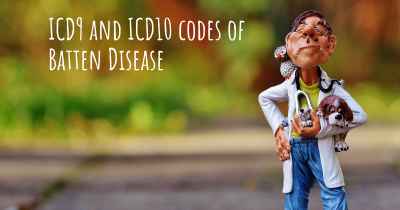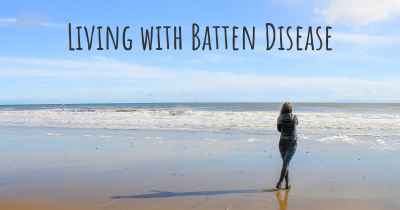Which are the symptoms of Batten Disease?
See the worst symptoms of affected by Batten Disease here
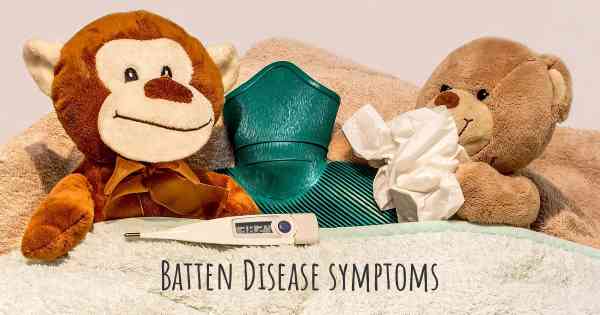
Batten Disease, also known as Neuronal Ceroid Lipofuscinosis (NCL), is a rare and devastating genetic disorder that primarily affects children. It belongs to a group of disorders called lysosomal storage diseases, which are characterized by the accumulation of lipopigments in various tissues and organs throughout the body.
Symptoms:
The symptoms of Batten Disease typically appear between the ages of 2 and 4, although they can sometimes manifest earlier or later. The disease progresses rapidly, leading to severe neurological impairment and a shortened lifespan. The specific symptoms may vary depending on the subtype of Batten Disease, as there are several different forms.
Vision Problems:
One of the earliest signs of Batten Disease is often a decline in vision. Children may experience difficulty with visual acuity, including blurred or hazy vision. They may also develop photophobia, an extreme sensitivity to light, which can cause discomfort and avoidance of bright environments.
Cognitive Decline:
As Batten Disease progresses, affected children experience a significant decline in cognitive function. They may have difficulty with learning, memory, and problem-solving. Cognitive decline can lead to a regression in developmental milestones, such as loss of previously acquired language skills and motor abilities.
Seizures:
Seizures are a common symptom of Batten Disease and can take various forms, including generalized tonic-clonic seizures (formerly known as grand mal seizures), absence seizures, myoclonic seizures, and focal seizures. Seizures can further contribute to cognitive decline and impact overall quality of life.
Movement Disorders:
Children with Batten Disease often develop movement disorders, such as ataxia (loss of coordination), dystonia (involuntary muscle contractions), and spasticity (muscle stiffness). These motor impairments can affect mobility, balance, and fine motor skills, making everyday tasks increasingly challenging.
Behavioral and Psychiatric Symptoms:
Batten Disease can also manifest with behavioral and psychiatric symptoms. Children may exhibit hyperactivity, impulsivity, aggression, and irritability. They may experience changes in mood, including depression and anxiety. These symptoms can significantly impact social interactions and overall emotional well-being.
Speech and Swallowing Difficulties:
As the disease progresses, children with Batten Disease often develop speech and swallowing difficulties. They may experience dysarthria, a condition characterized by slurred or unclear speech. Swallowing difficulties can lead to aspiration, where food or liquid enters the airway instead of the stomach, increasing the risk of respiratory complications.
Loss of Motor Skills:
Over time, Batten Disease causes a progressive loss of motor skills. Children may experience muscle weakness, decreased muscle tone (hypotonia), and difficulties with coordination and balance. This decline in motor function can result in the loss of independent mobility and the need for assistive devices.
Regression and Dementia:
As Batten Disease advances, affected children often experience a significant regression in their abilities. They may lose the ability to walk, talk, and perform basic self-care tasks. Dementia-like symptoms, including memory loss, confusion, and disorientation, may also develop.
Other Symptoms:
Batten Disease can involve various other symptoms, such as sleep disturbances, breathing difficulties, heart problems, and gastrointestinal issues. These additional symptoms can further contribute to the overall decline in health and quality of life.
Conclusion:
Batten Disease is a devastating genetic disorder that affects multiple aspects of a child's health and development. The symptoms encompass vision problems, cognitive decline, seizures, movement disorders, behavioral and psychiatric symptoms, speech and swallowing difficulties, loss of motor skills, regression, and dementia. Early diagnosis and comprehensive management are crucial in providing supportive care and improving the quality of life for individuals and families affected by Batten Disease.
